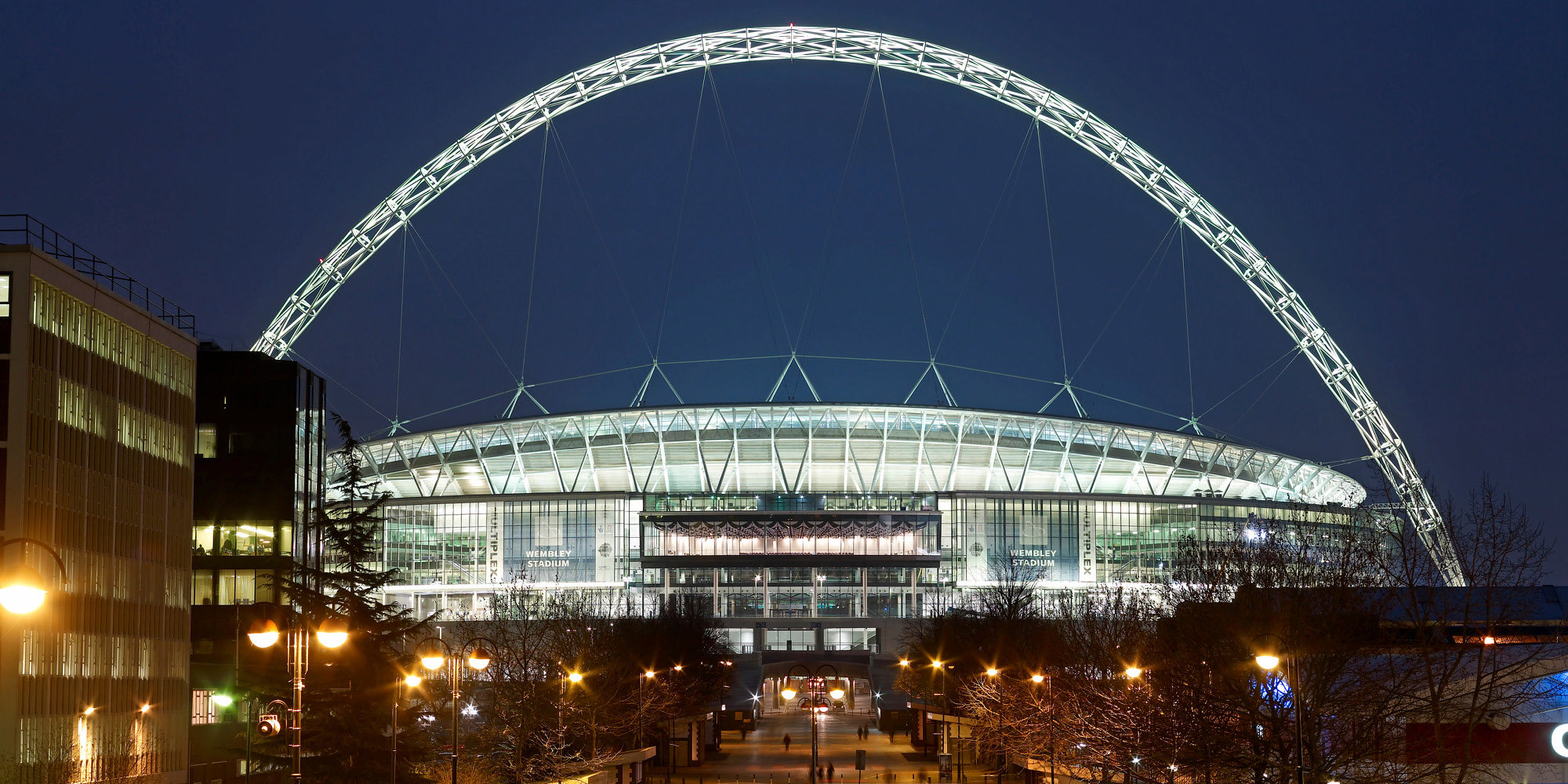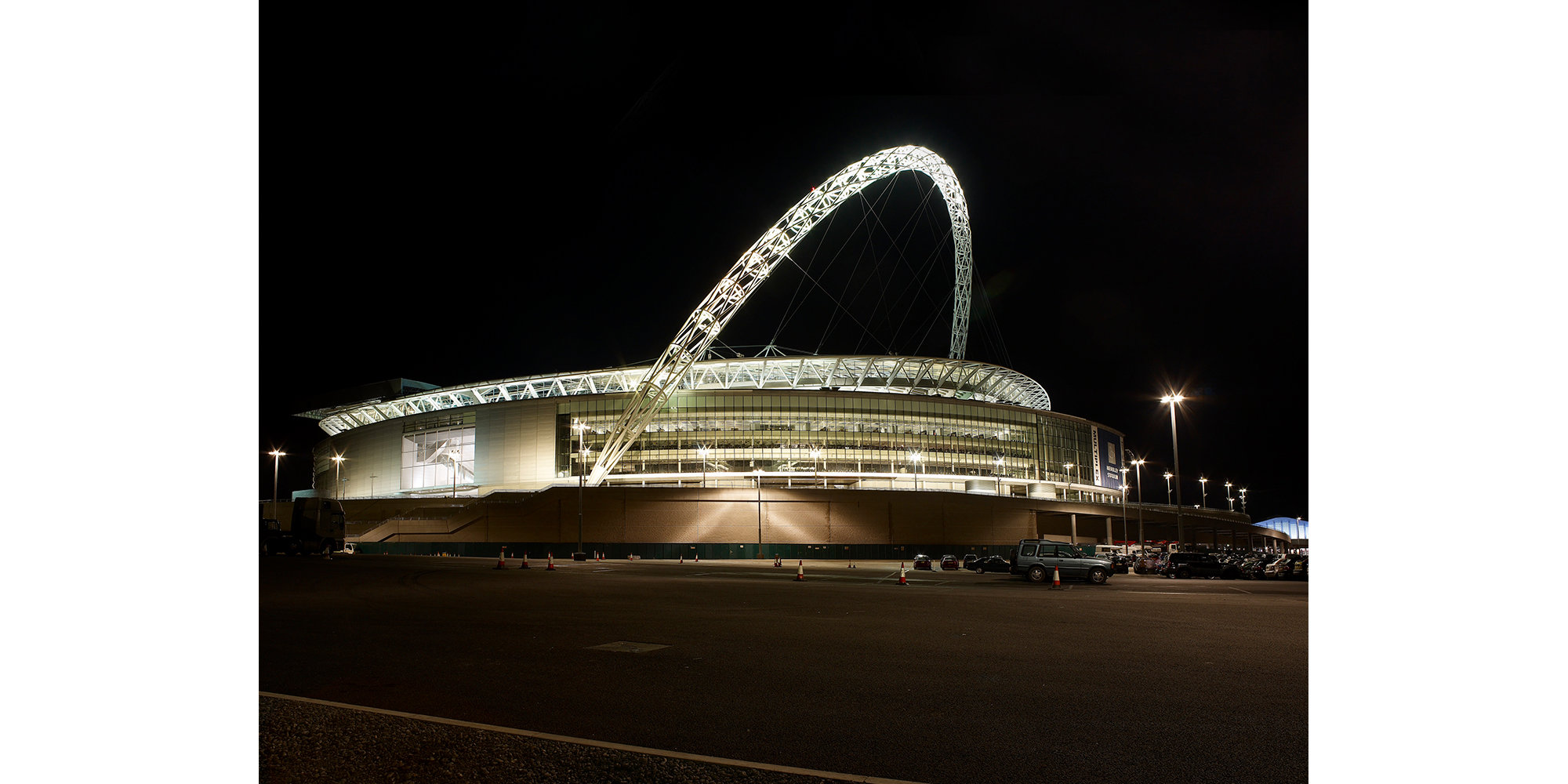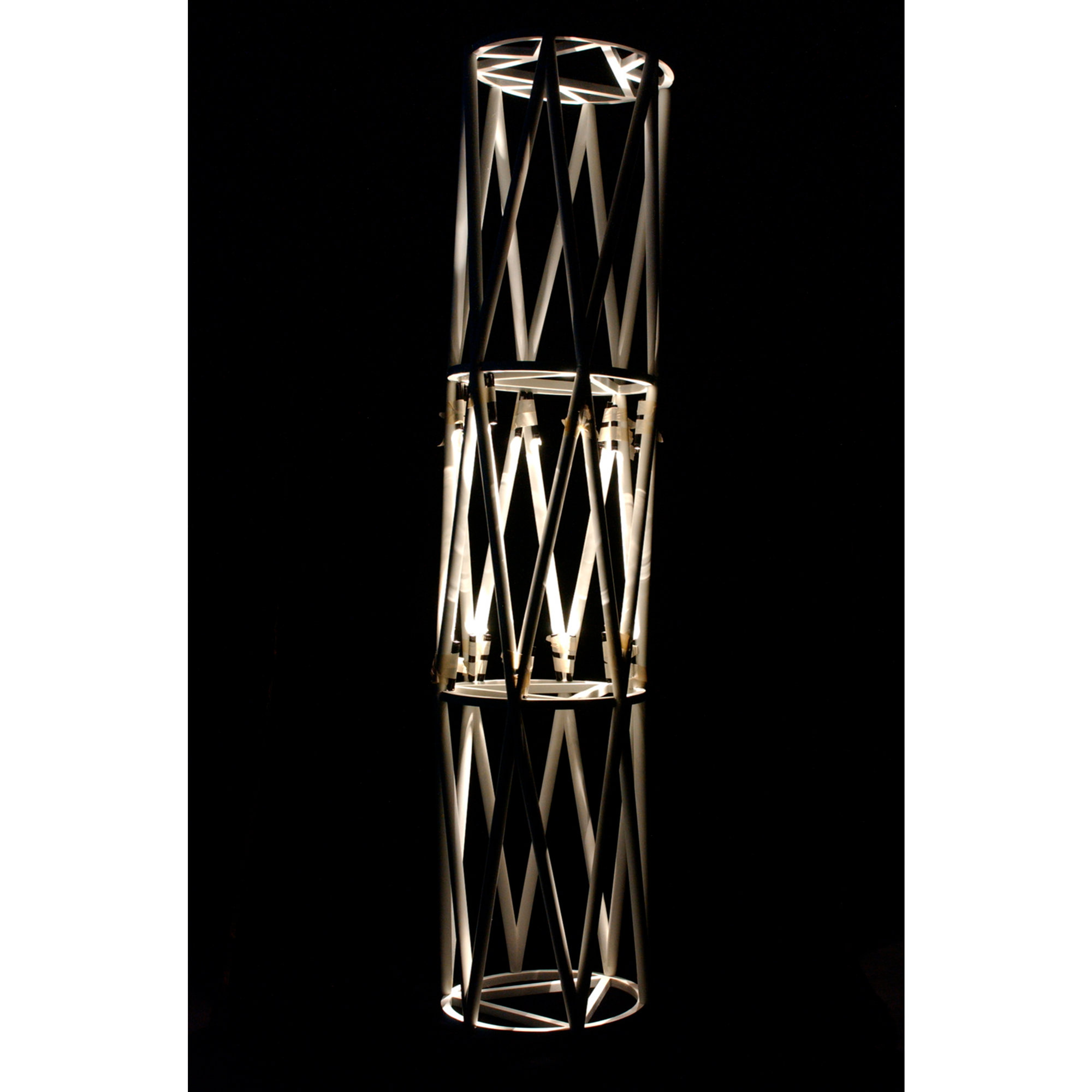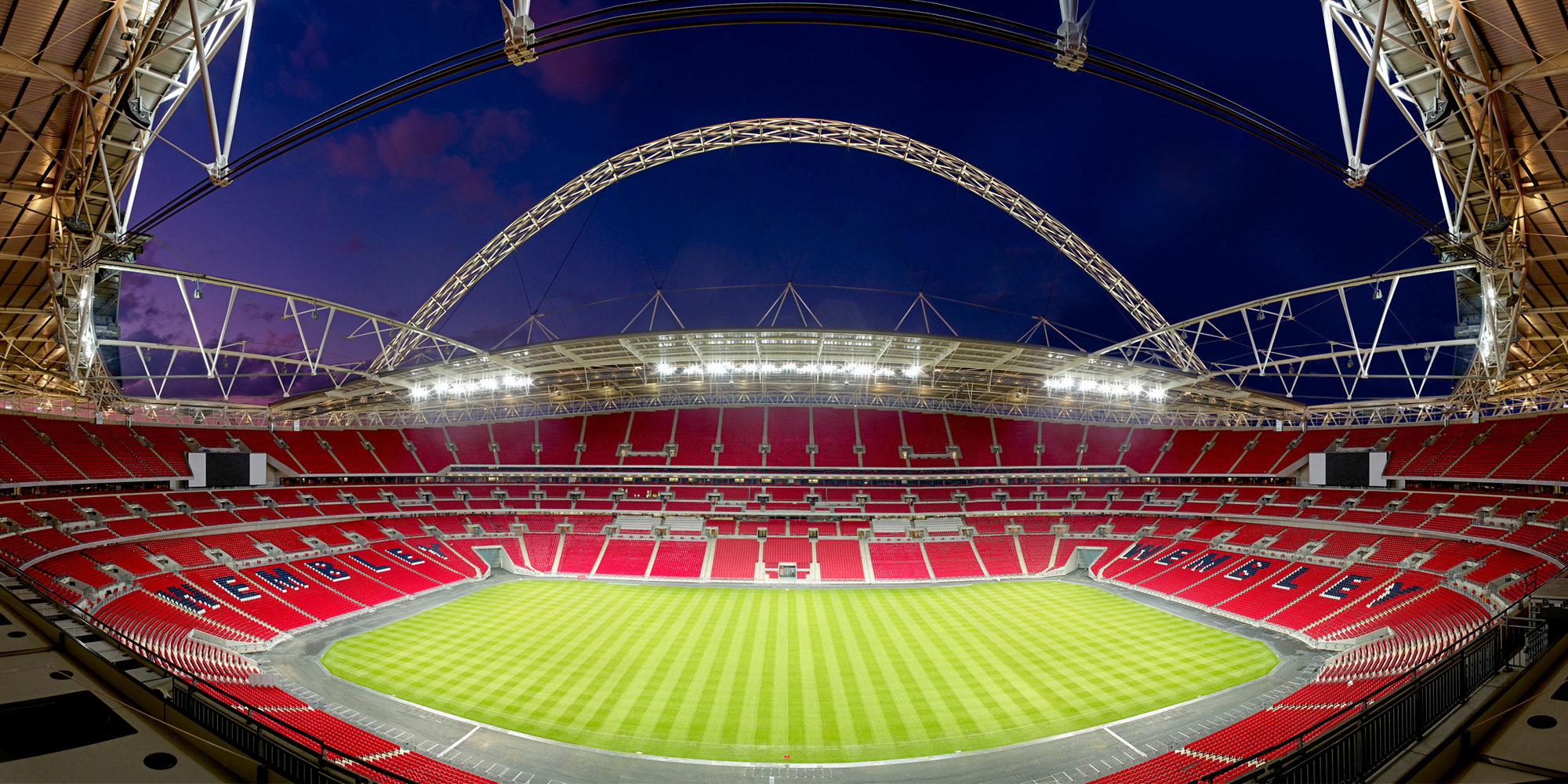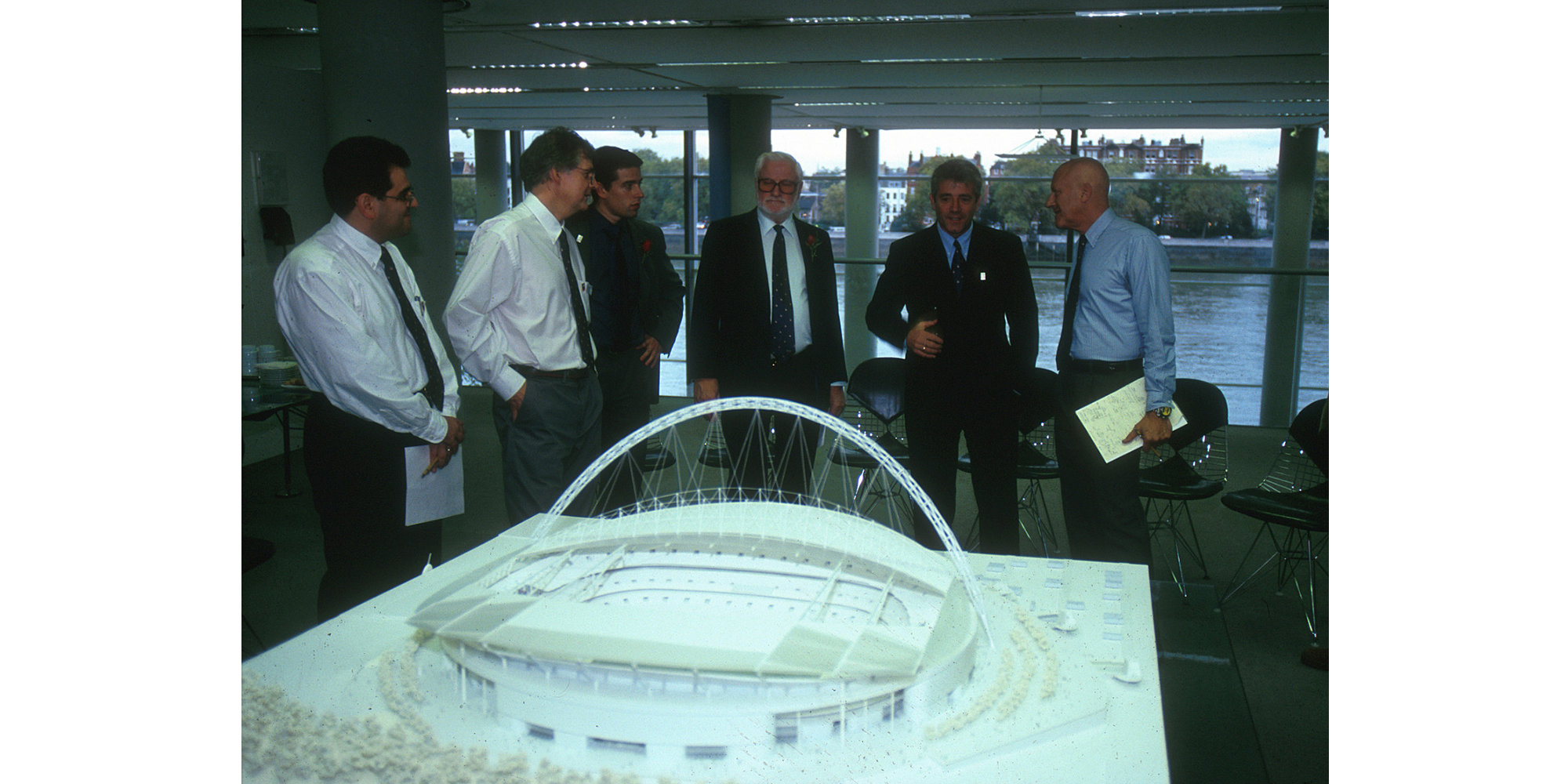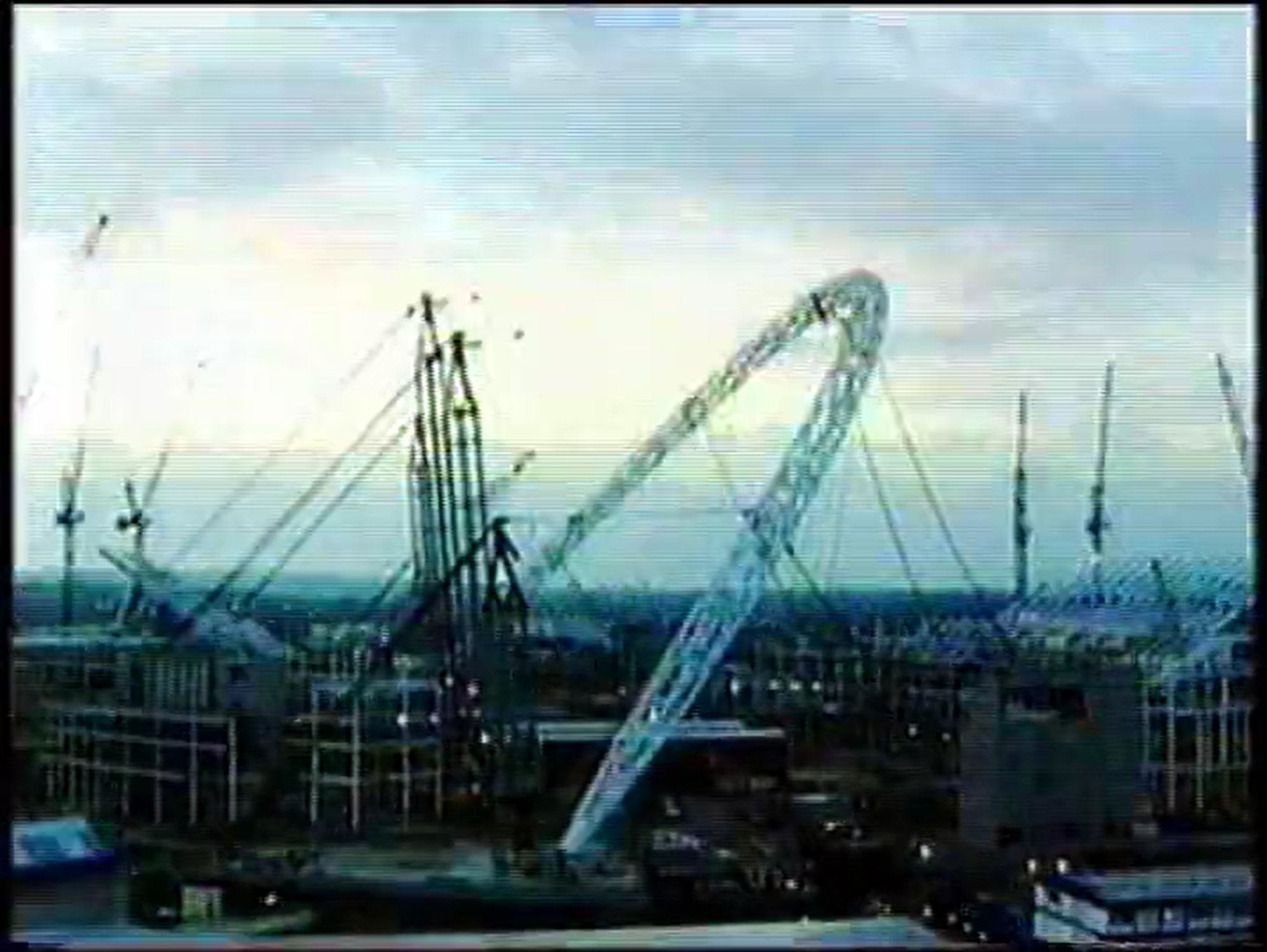The Making of… is an opportunity to reflect on Foster + Partners’ completed projects and the process of making them.
This month marks the 100-year anniversary of the original Wembley Stadium, which first opened in April 1923. The stadium has hosted some of the most memorable moments of the last century, from the 1948 Summer Olympics to the UEFA Women’s EUROs in 2022.
In 1996, World Stadium Team (Foster + Partners and Populous) was appointed to reinvent the stadium for a new century and build on its extraordinary heritage. Angus Campbell, Senior Partner and project architect, describes the design and construction process from his perspective.











